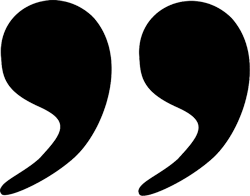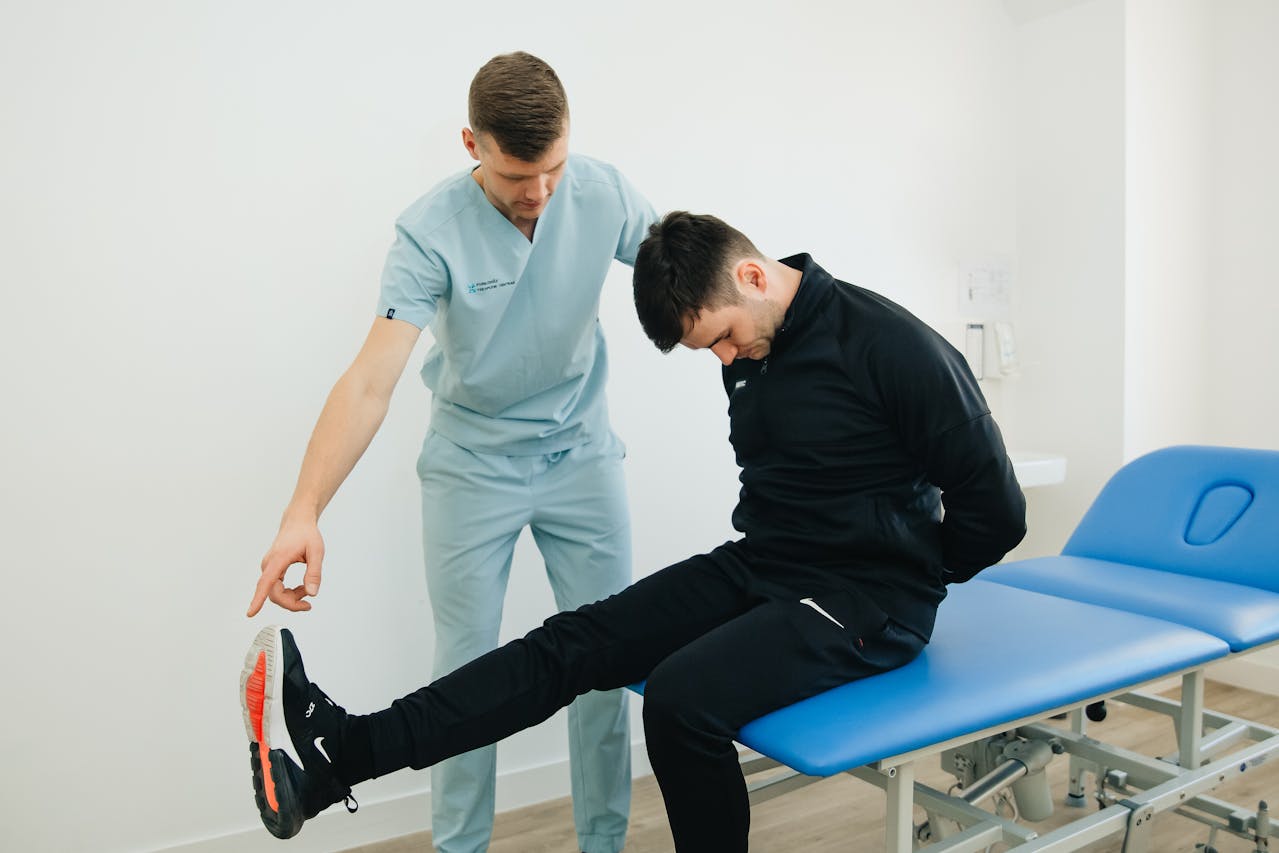Do you experience unexplained muscle cramps, tingling or numbness? Do your hands or feet feel cold? If so, you could have poor circulation. Good circulation delivers the essential oxygen and nutrients to your body at the cellular level needed for healthy metabolic and organ functions. Impaired circulation is a serious condition that can compromise your health. Read this blog to learn more about how to improve circulation to help you achieve overall wellness.
Causes Of Poor Circulation
Poor circulation is often seen with other chronic illnesses like hypertension, diabetes and high cholesterol. It can be caused by peripheral artery disease (PAD), a medical condition that restricts normal blood flow to the tissues, as well as venous insufficiency, which occurs when the veins are unable to pump the venous blood back to the heart. Lifestyle choices like smoking, lack of exercise and a poor diet, in addition to standing or sitting too long may lead to poor circulation.
Symptoms Of Poor Arterial Circulation (PAD)
When arterial blood flow is reduced, you may experience symptoms in the area of your body fed by that artery. Poor circulation is most common in the arms, hands, legs and feet may occur with exercise and in a more severe form of PAD at rest. These symptoms include numbness, tingling, pain and muscle cramps, as well as feeling persistently cold. The tips of your fingers and toes may also appear red, purple or blue.










